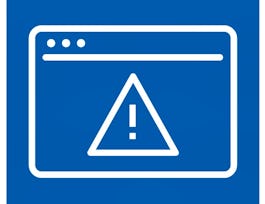Course 1 - Introducing Security and Aligning Asset Management to Risk Management
In this course, we're going to start by discussing the security concepts, identifying corporate assets, and discussing the risk management process. Course 1 Learning Objectives After completing this course, the participant will be able to: L1.1 - Classify information security and security concepts. L1.2 - Summarize components of the asset management lifecycle. L1.3 - Identify common risks and vulnerabilities. L1.4 - Provide examples of appropriate risk treatment. Course Agenda Module 1: Understand Security Concepts (Domain 1 - Security Operations and Administration) Module 2: Participate in Asset Management (Domain 1 - Security Operations and Administration) Module 3: Understand the Risk Management Process (Domain 3 - Risk Identification, Monitoring and Analysis) Module 4: Understand the Risk Treatment Process (Domain 3 - Risk Identification, Monitoring and Analysis) Who Should Take This Course: Beginners Experience Required: No prior experience required

















